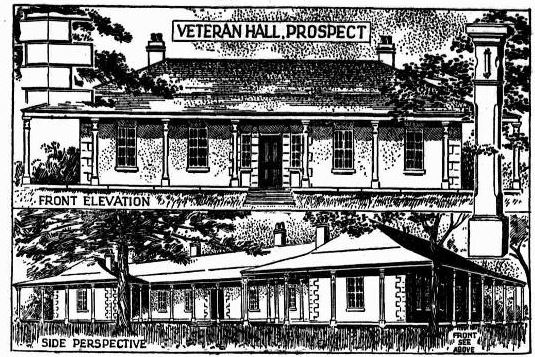From convict maid to commandant’s wife.
“beautiful and extremely vivacious…” [1]
Sarah Leadbeater was born on 22 February, 1783. At the age of 16, she was convicted at the Lancaster quarter sessions for stealing “wearing apparel” and sentenced to seven years transportation.
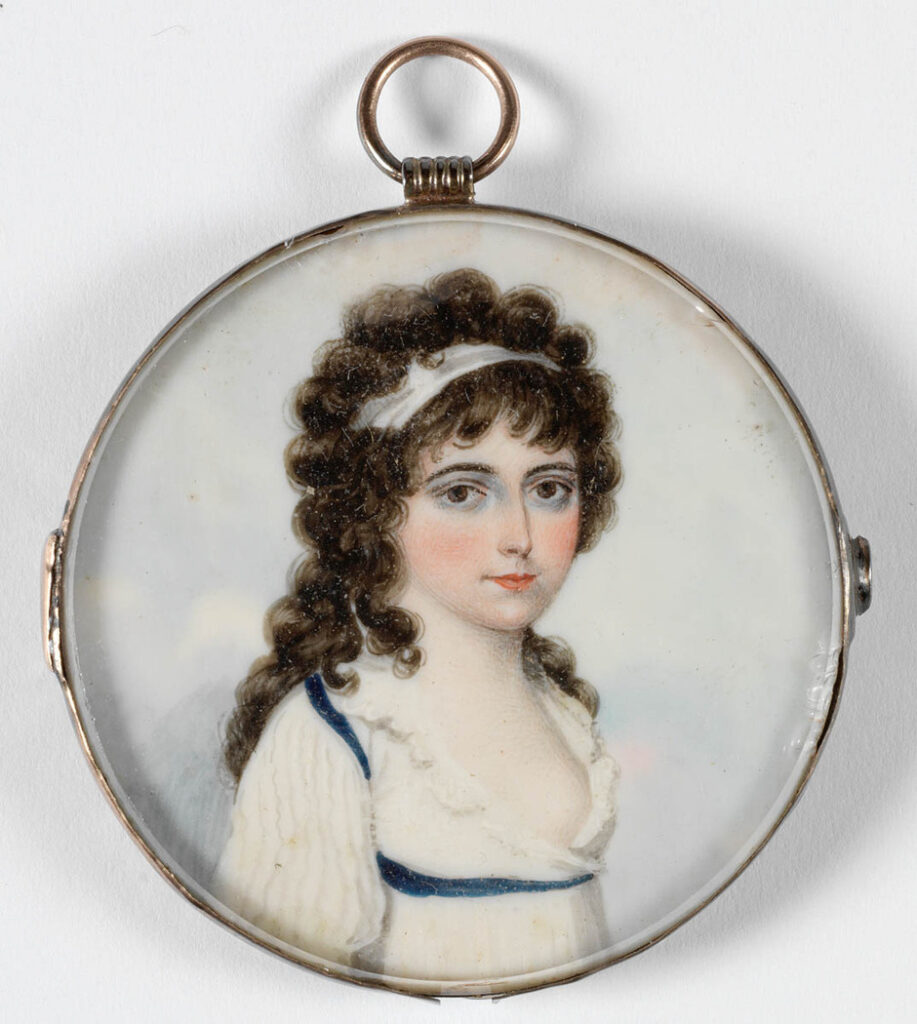
After arriving in Sydney Cove on Earl Cornwallis with 296 other convicts on 10 June 1801, Sarah was sent to Norfolk Island. It was here she met William Lawson, an officer in the New South Wales Corps. Over the next two years, the couple had two sons, John and William Jnr., the first of their eleven children. As the small family returned to Sydney in May 1806, their third son was born on board Lady Nelson. The ship was under the command of Captain Simmons and the son thus acquired the slightly curious name of Nelson Simmons Lawson.
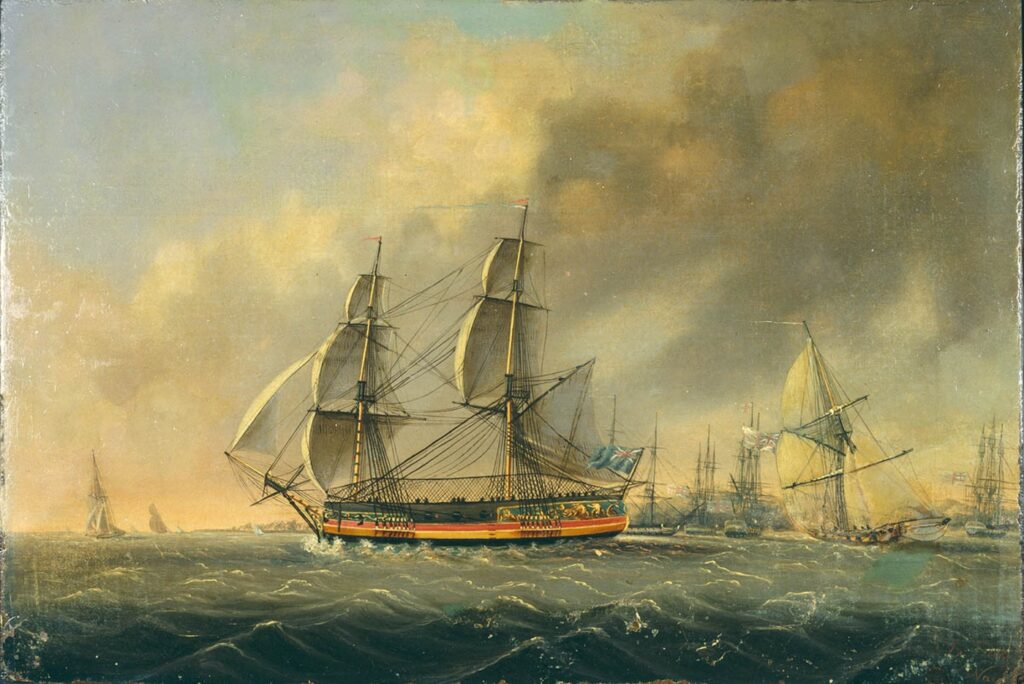
There is little record of Sarah over the next period of their lives, though the story of William’s eventful activity is well-documented.
William had paid £300 to enter the New South Wales Corps in 1799 as an ensign, and soon rose to the rank of lieutenant. He became enmeshed with his fellow officers in the trading monopoly that gained them the title of the “Rum Corps” — capitalising on the trade in rum. When Governor Bligh threatened to restrict their activities, on the evening of 24 January 1808, the officers planned a coup d’état. William was present at this meeting, where “they ended the night dancing drunkenly with each other to the music of the regimental fife band.”
Two days later at 6:00 pm on the 20th anniversary of the settlement, four hundred soldiers and the band of the New South Wales Corps with colours flying and fifes and drums playing, marched to Government House to the tune of The British Grenadiers. The so-called “Rum Rebellion” removed Bligh from power and his downfall was celebrated around bonfires and in taverns with the popular song ‘The Silly Old Man’ [read more about The Silly Old Man]
Lawson was one of the officers who signed the petition to overthrow Bligh. In acknowledgement of his support for the rebellion, William was appointed as a magistrate as well as gaining the role as aide-de-camp for the acting Lieutenant Governor, Major George Johnston. He also received a 500 acre land grant at Prospect, where he built his family home.
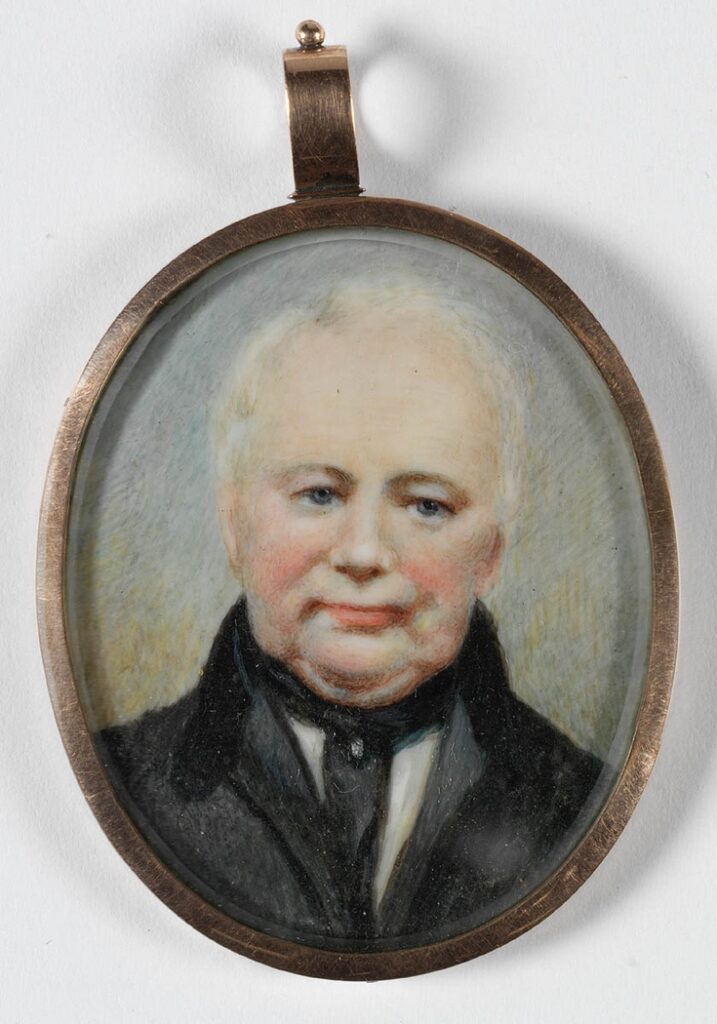
Later that year William became the commandant at Coal River (Newcastle). However, when the newly appointed Governor, Lachlan Macquarie arrived in the colony, William was ordered to the court martial in London to answer for his part in deposing Bligh. He was away from the colony from 1810 to 1812, but suffered no punishment for his role in the rebellion.
Perhaps it was a case of absence making the heart grow fonder, or Governor Macquarie’s injunction that de facto couples should marry, for as soon as William returned to the colony, he and Sarah were wed by special licence on 23 March 1812 by Samuel Marsden at St John’s Church, Parramatta.
Sarah and the children lived in a four roomed cottage at their property at Prospect while William was away. Eventually the cottage was replaced by mansion containing forty rooms, which Lawson named Veteran Hall, in recognition of Governor Macquarie’s New South Wales Veteran Corps where he served as a lieutenant.
A Ball at Veteran Hall
William and his colleagues, Gregory Blaxland and William Wentworth became famous when they became the first Europeans to cross the Blue Mountains. On the eve of their expedition, a ball was held at Veteran Hall, which at that stage was still a relatively modest building.
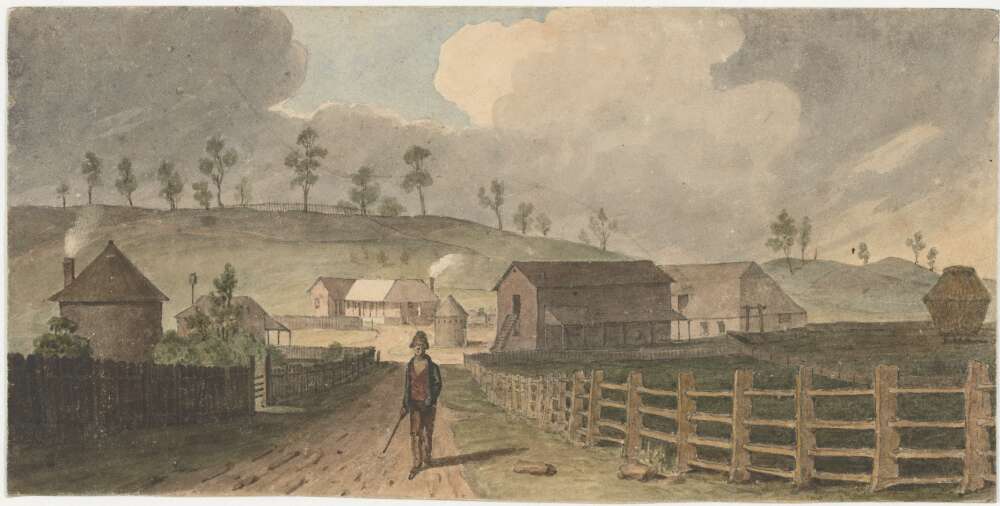
Here the “beautiful and extremely vivacious” Sarah greeted the numerous guests, many of whom had made the long trip from Sydney Town to cheer and support the explorers. They danced throughout the night, and in the early light of dawn, the guests gathered on the lawn to farewell Lawson as he set out to cross the mountains.
The dances on the night would have included country dances (reels, jigs, hornpipes, strathspeys, waltzes), Scottish reels, and cotillions. Dancing was an important cultural and social activity. Perhaps William brought home a copy of Fentum’s Annual Collection of Twenty Four Favourite Dances for the Year 1811 or Wilsons’ The Treasures of Terpsichore, or a Companion for the Ball-Room. They may have danced to O’er the Hills and Far Away – a popular tune at the time, and one the Piper family played as they crossed the Blue Mountains in 1827.
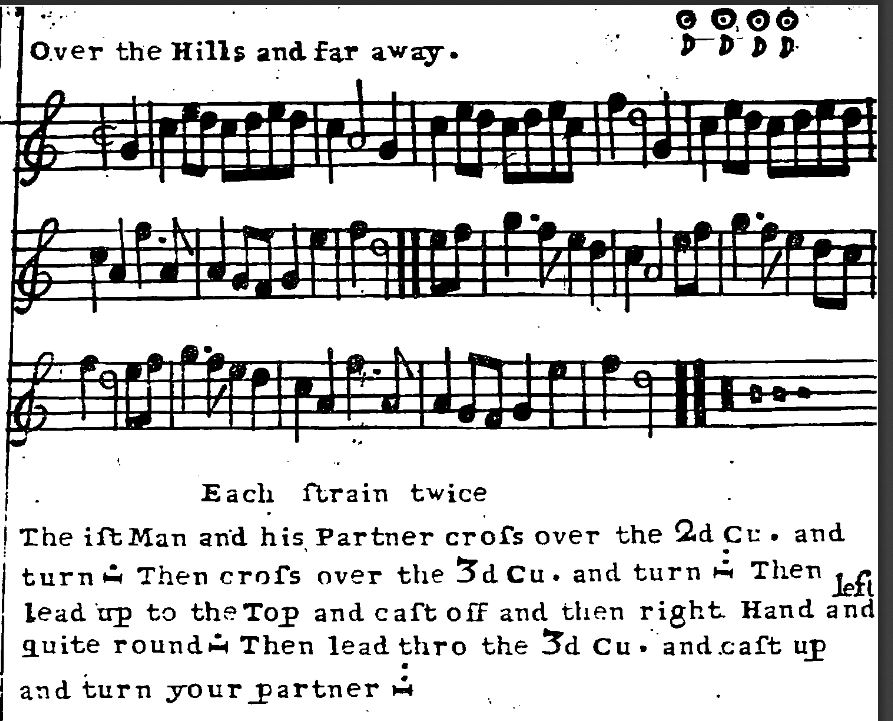
In February 1814, Governor Macquarie offered land grants of 1,000 acres to each of the three explorers for their work. Lawson was the first to claim his grant and established an extensive property on the Macquarie River, near Bathurst. He was the commandant and justice of the peace of the Bathurst region from 1819 until 1823, and belonged to the landed gentry which included Captain John and Mary Ann Piper. The Pipers were famously sociable and gave many dances at their home, Alloway Bank. Sarah and Mary may have developed a friendship as they shared a convict background, and both had formed bonds with army officers while on Norfolk Island. [Read about the Pipers>>]
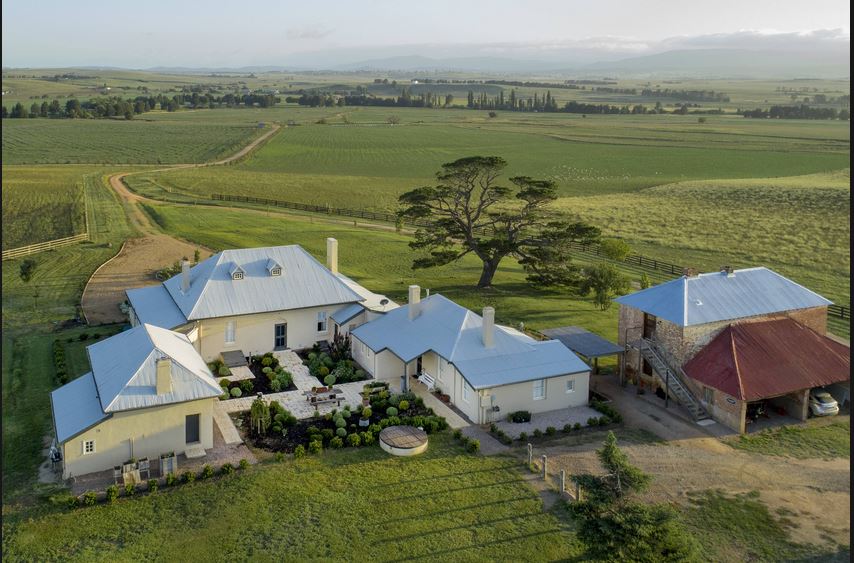

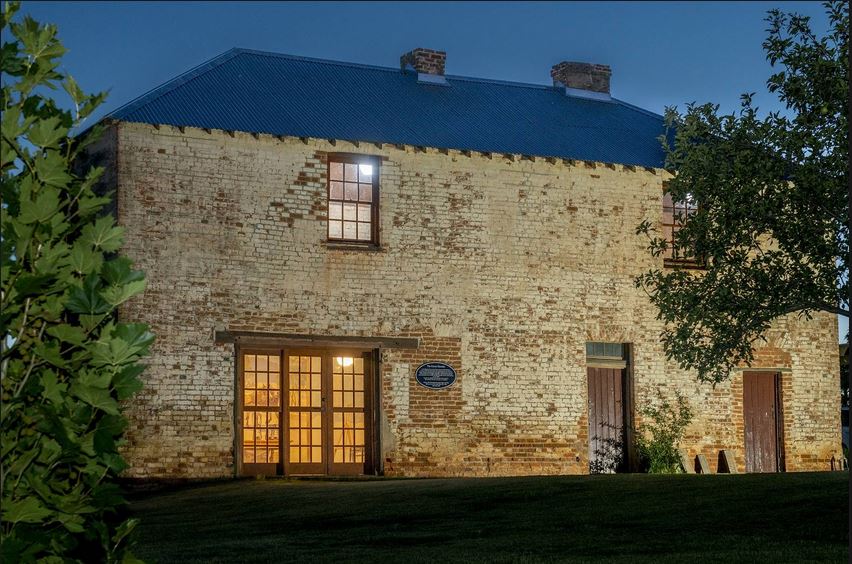
Macquarie Homestead, which was built with convict labour on Lawson’s Bathurst property still stands and is privately owned.
Although William is remembered as the famous Lawson, it’s fitting to celebrate Sarah as a convict woman who created a successful new life in the colony. Of the eleven children she bore, four died in infancy, and she was often left to manage the family and property by herself.
Sarah died on 11 July 1830 and was buried on the Veteran Hall property.
